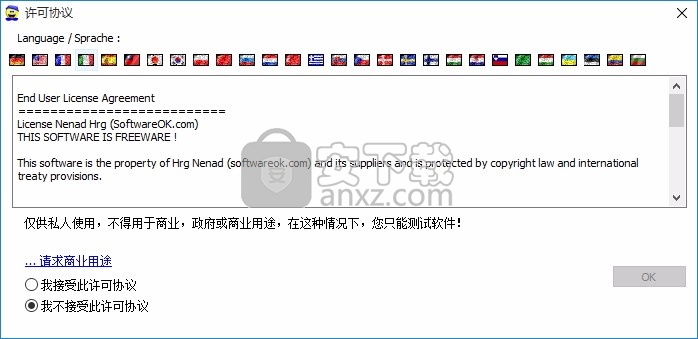

To install them, type: brew install ghostscript ImageMagick depends on Ghostscript fonts. Download HomeBrew and type: brew install imagemagick We recommend Homebrew which provides pre-built binaries for Mac (some users prefer MacPorts). On Linux and Solaris machines add $MAGICK_HOME/lib to the LD_LIBRARY_PATH environment variable: LD_LIBRARY_PATH="$$MAGICK_HOME/libįinally, to verify ImageMagick is working properly, type the following on the command line: magick logo: logo.gifĬongratulations, you have a working ImageMagick distribution under Linux or Linux and you are ready to use ImageMagick to convert, compose, or edit your images or perhaps you'll want to use one of the Application Program Interfaces for C, C++, Perl, and others. For example: export PATH="$MAGICK_HOME/bin:$PATH If the bin subdirectory of the extracted package is not already in your executable search path, add it to your PATH environment variable. $ export MAGICK_HOME="$HOME/ImageMagick-7.1.1" Set the MAGICK_HOME environment variable to the path where you extracted the ImageMagick files. Next, extract the contents of the package. Note, if there are missing dependencies, install them from the EPEL repo.įor other systems, create (or choose) a directory to install the package into and change to that directory, for example: cd $HOME Simply type the following command and you're ready to start using ImageMagick: magick -list policy.ĭevelopment, Perl, C++, and documentation RPM's. e.g., ~/.config/ImageMagick/policy.xml and verify with this command. Simply add a custom security policy in your local path. ImageMagick recommended practices strongly encourage you to configure a security policy that suits your local environment. This AppImage has an open security policy. Complete portable application on Linux, no installation required.


 0 kommentar(er)
0 kommentar(er)
